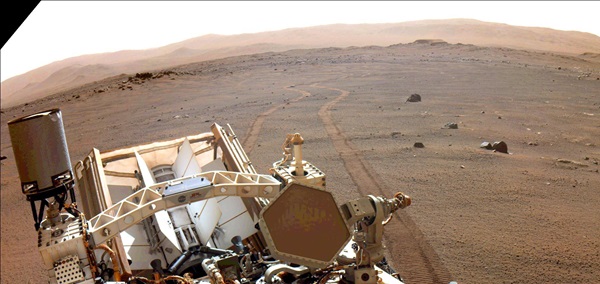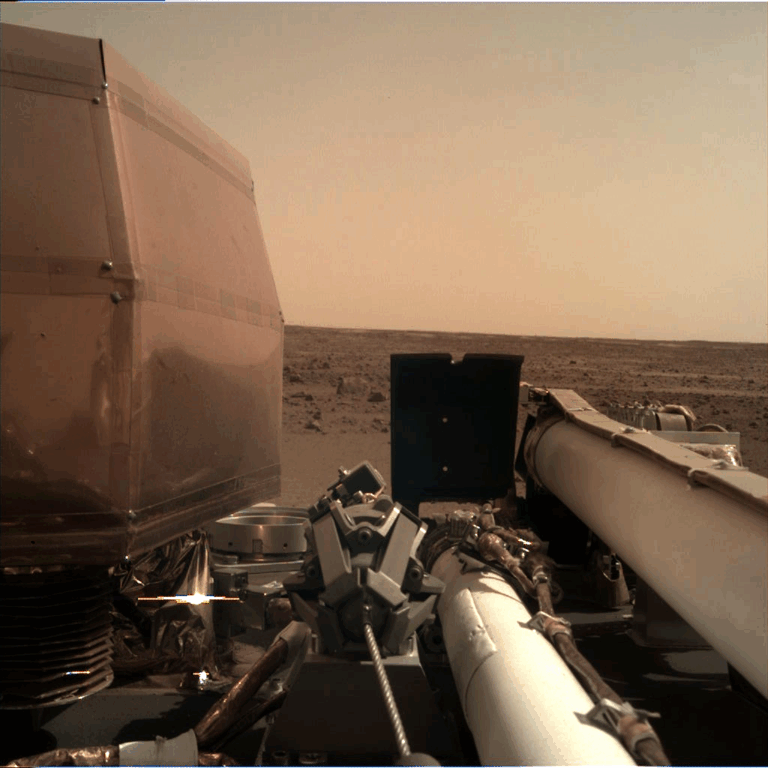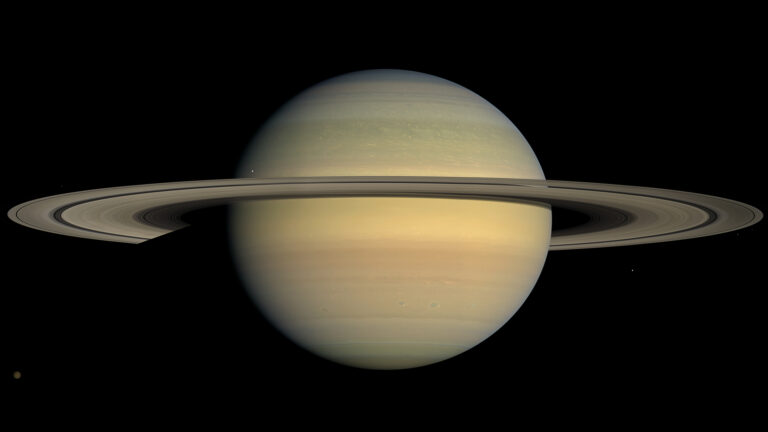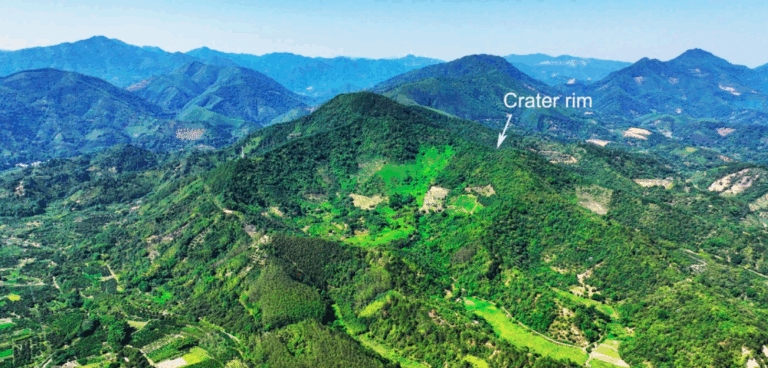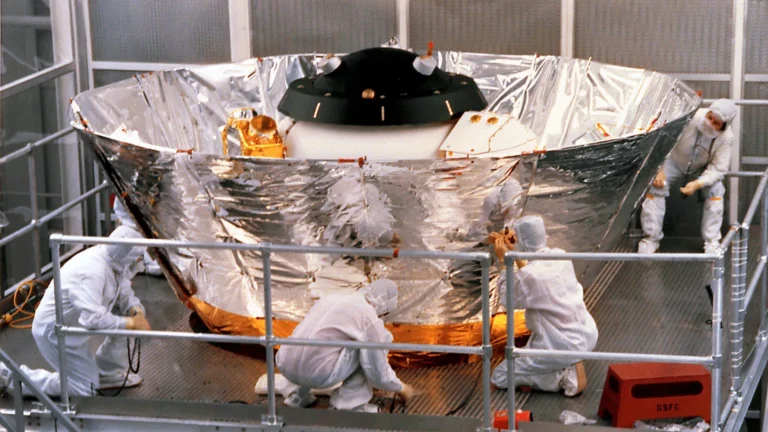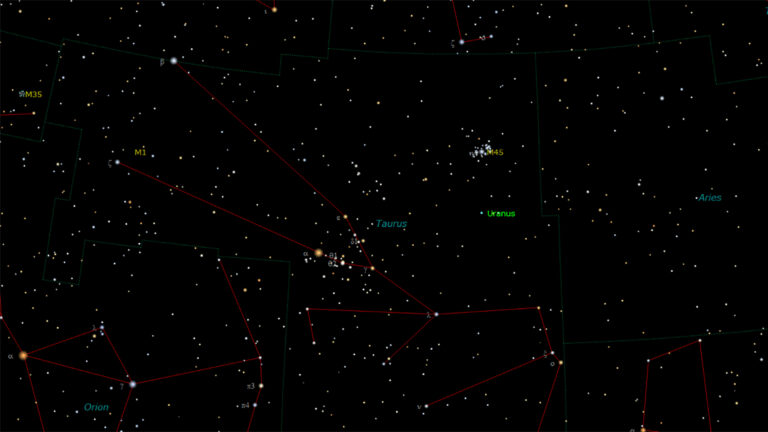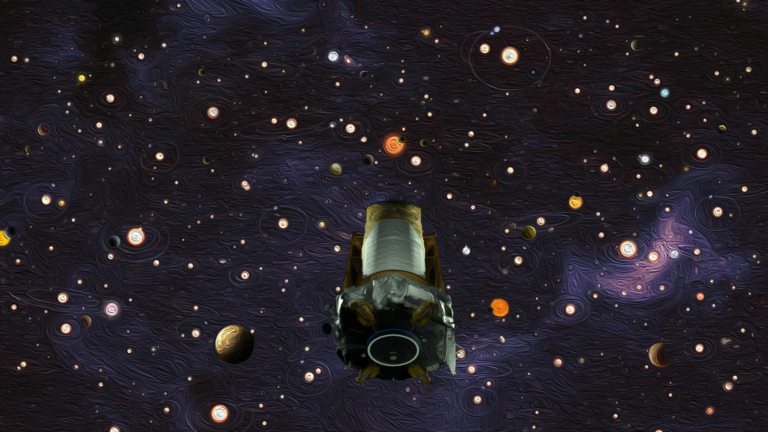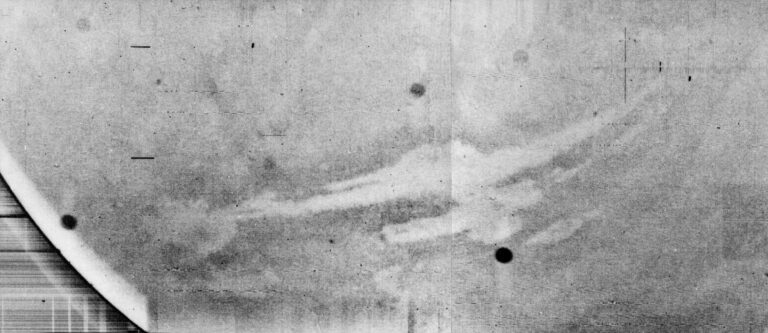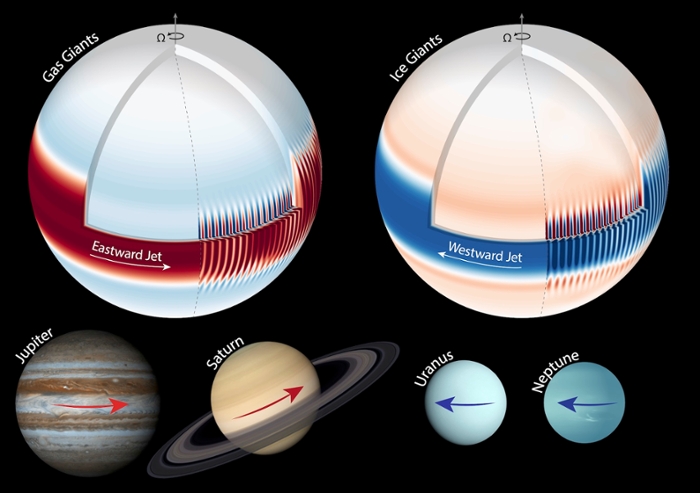Key Takeaways:
Time has been hard to keep track of these past few years. So it might be surprising to learn that NASA’s latest rover, Perseverance, has already been traversing the Red Planet for some 13 months.
Over that span, the rover has racked up a series of impressive firsts: It released the first helicopter to successfully fly on another world; it harvested oxygen from an alien atmosphere for the first time; and it collected and stored samples that will ultimately become the first Mars rocks to be sent back to Earth for further study.
So far, all these feats have been achieved without the rover venturing too far from its landing site. But now, Perseverance is finally hightailing it to one of its most tantalizing destinations: an ancient river delta on the rim of Jezero Crater — a site that may have once been home to microbial life.
“The delta is so important that we’ve actually decided to minimize science activities and focus on driving to get there more quickly,” said Perseverance’s project scientist, Ken Farley, in a NASA press release. “We’ll be taking lots of images of the delta during that drive. The closer we get, the more impressive those images will be.”
An abode to ancient life?
The fan-shaped delta dates back roughly 3.7 billion years, forming when a martian river deposited sediment at the mouth of a lake that then existed in Jezero Crater. Because deltas experience both flowing liquid water and vigorous mixing, the site is thought to be an ideal location to search for signs of past microbial life.
In a 2020 interview with Astronomy, Perseverance’s deputy project scientist Ken Williford explained: “That stuff that we find preserved right at the bottom of that beautiful delta in Jezero — that mud — is really fantastic at concentrating and preserving organic matter. And it often does that in a way that’s homogenized and jumbled up. It doesn’t necessarily preserve those beautiful fossilized structures that you might find at the edge of the lake. But most of the rocks on Earth that are the richest in organic matter are rocks that were formed in a muddy environment.”
Perseverance set forth on its 3-mile (5 kilometer) trip to the delta on March 14, and engineers plan to help the self-driving rover navigate its way there over the course of about a month.
Ingenuity leads the way
Perseverance won’t be alone on its journey, either. NASA’s Ingenuity helicopter will scout ahead of the rover.
Ingenuity’s original mission was only supposed to include about five flights over some 30 days at the beginning of Perseverance’s mission. Now, nearly a year after the rover dropped the rotorcraft on the martian surface, Ingenuity continues to carry out sorties.
Just days after its 21st flight, on March 15, NASA extended Ingenuity’s mission through September 2022. Ingenuity took its 22nd flight on March 19, which lasted 101.4 seconds and saw the craft fly 223 feet (68 m) horizontally and reach an altitude of 33 feet (10 m), according to NASA’s flight log for Ingenuity. Over the course of its entire mission so far, Ingenuity has traveled more than 15,000 feet (4,700 m), with a total flight time of roughly 40.5 minutes.
Despite Ingenuity’s impressive track record, it has mostly flown over relatively flat terrain. That will change in the next several weeks.
The delta, which spans several miles, rises more than 130 feet (40 m) above the floor of Jezero Crater. And though the delta has the potential to hold many promising geological insights — possibly including signs of past microbial life — it also harbors many hazards, such as jagged cliffs, askew boulders, and sandy pockets that could all halt Perseverance’s progress.
“The Jezero river delta campaign will be the biggest challenge the Ingenuity team faces since first flight at Mars,” said Teddy Tzanetos, Ingenuity team lead at NASA’s Jet Propulsion Laboratory. “To enhance our chances of success, we have increased the size of our team and are making upgrades to our flight software geared toward improving operational flexibility and flight safety.”
Once at the delta, Ingenuity will scout possible routes Perseverance could take to climb to the top of the delta. Furthermore, the helicopter’s imagery and data will help the rover’s team determine possible science targets to more closely investigate with Perseverance’s advanced instrument suite and sample-collection toolkit.
In other words, although Ingenuity may not be vital to the success of Perseverance’s main mission, it sure is helpful.
“Less than a year ago we didn’t even know if powered, controlled flight of an aircraft at Mars was possible,” said Thomas Zurbuchen, associate administrator of NASA’s Science Mission Directorate, in a NASA press release. “Now, we are looking forward to Ingenuity’s involvement in Perseverance’s second science campaign. Such a transformation of mindset in such a short period is simply amazing, and one of the most historic in the annals of air and space exploration.”

